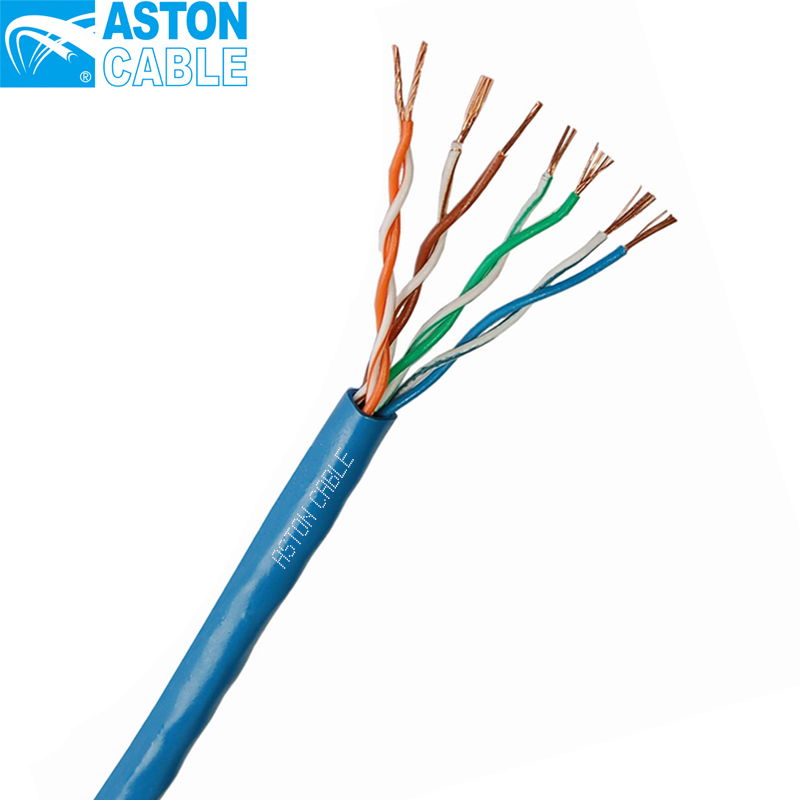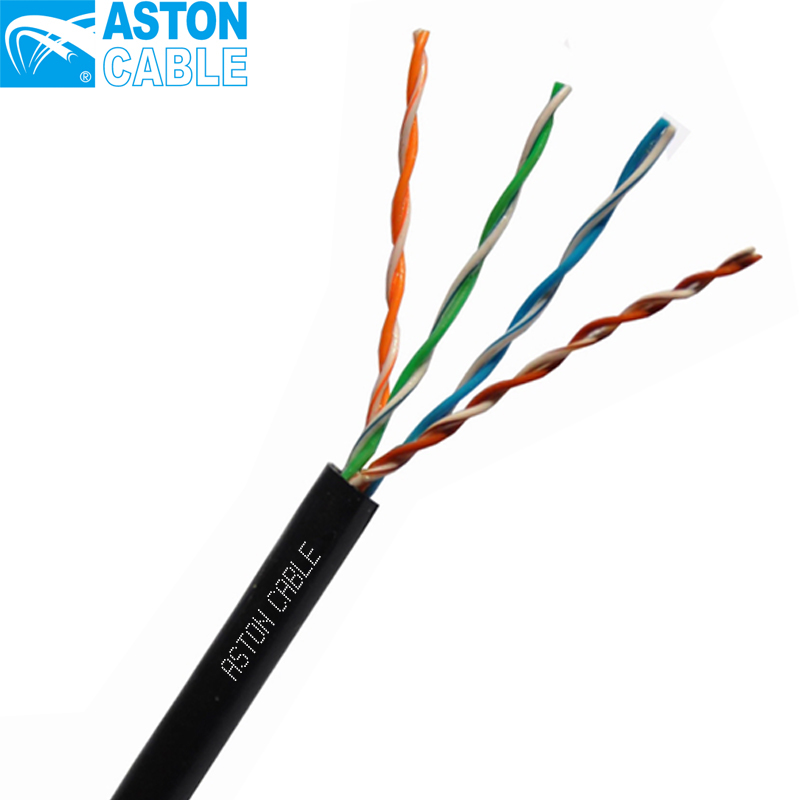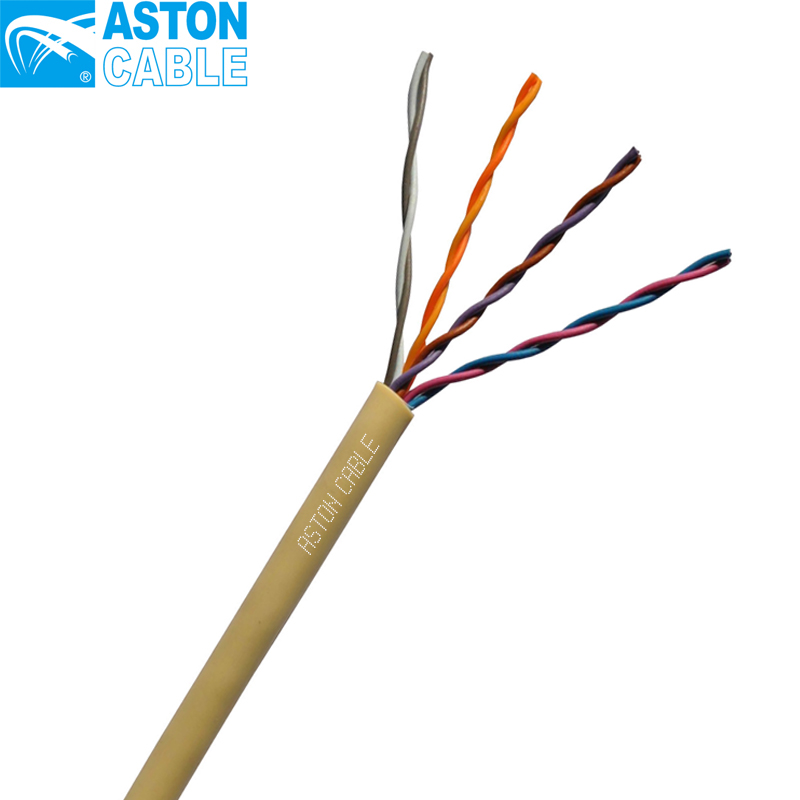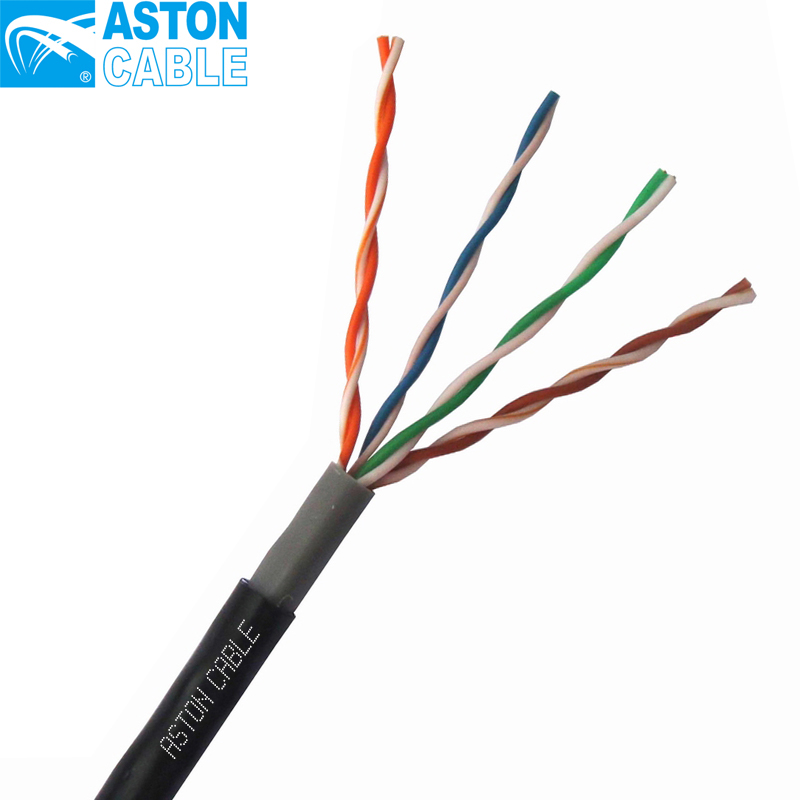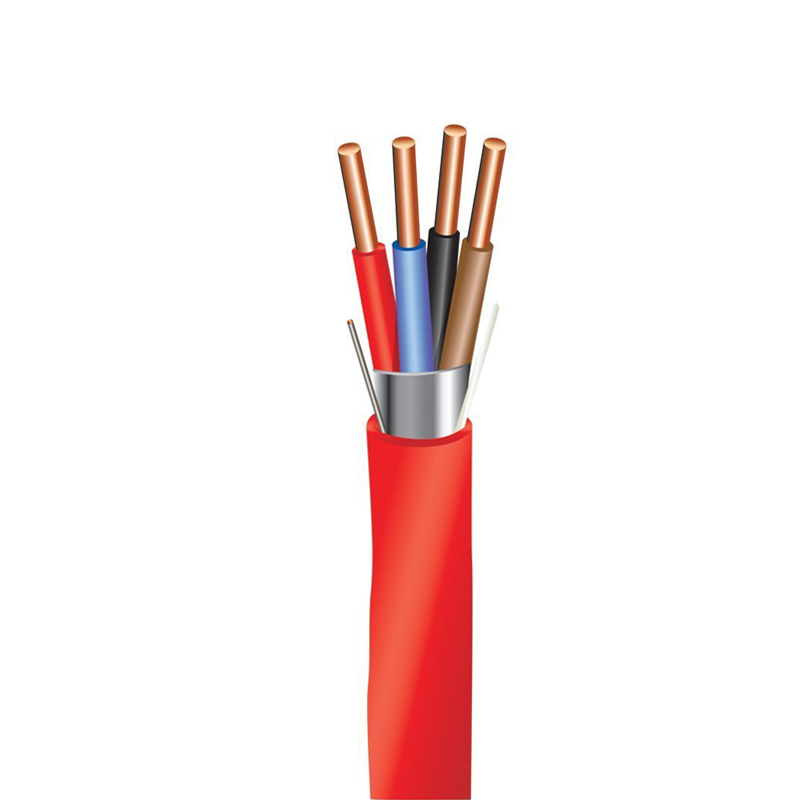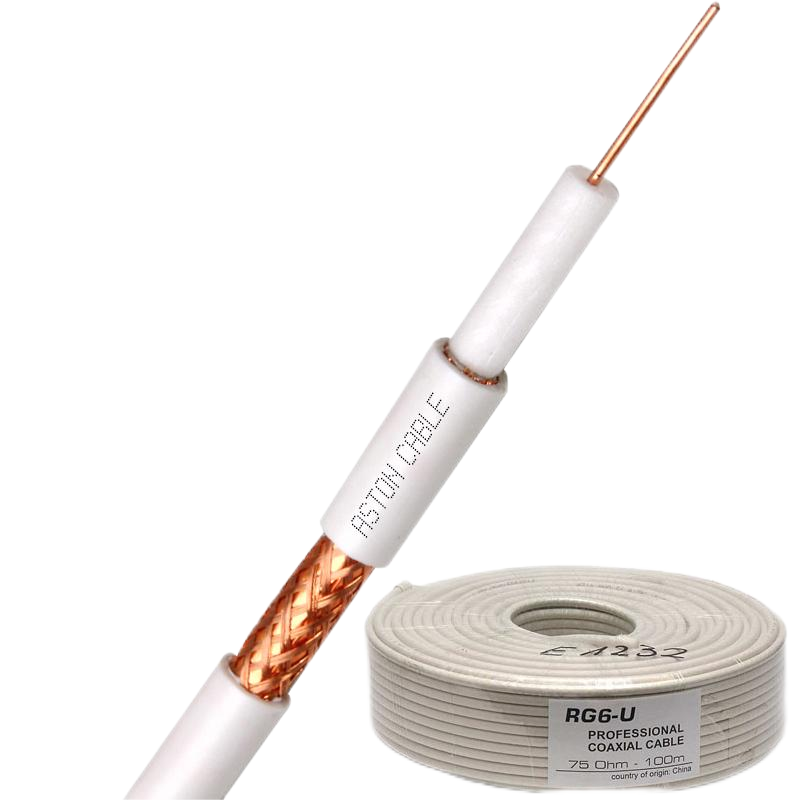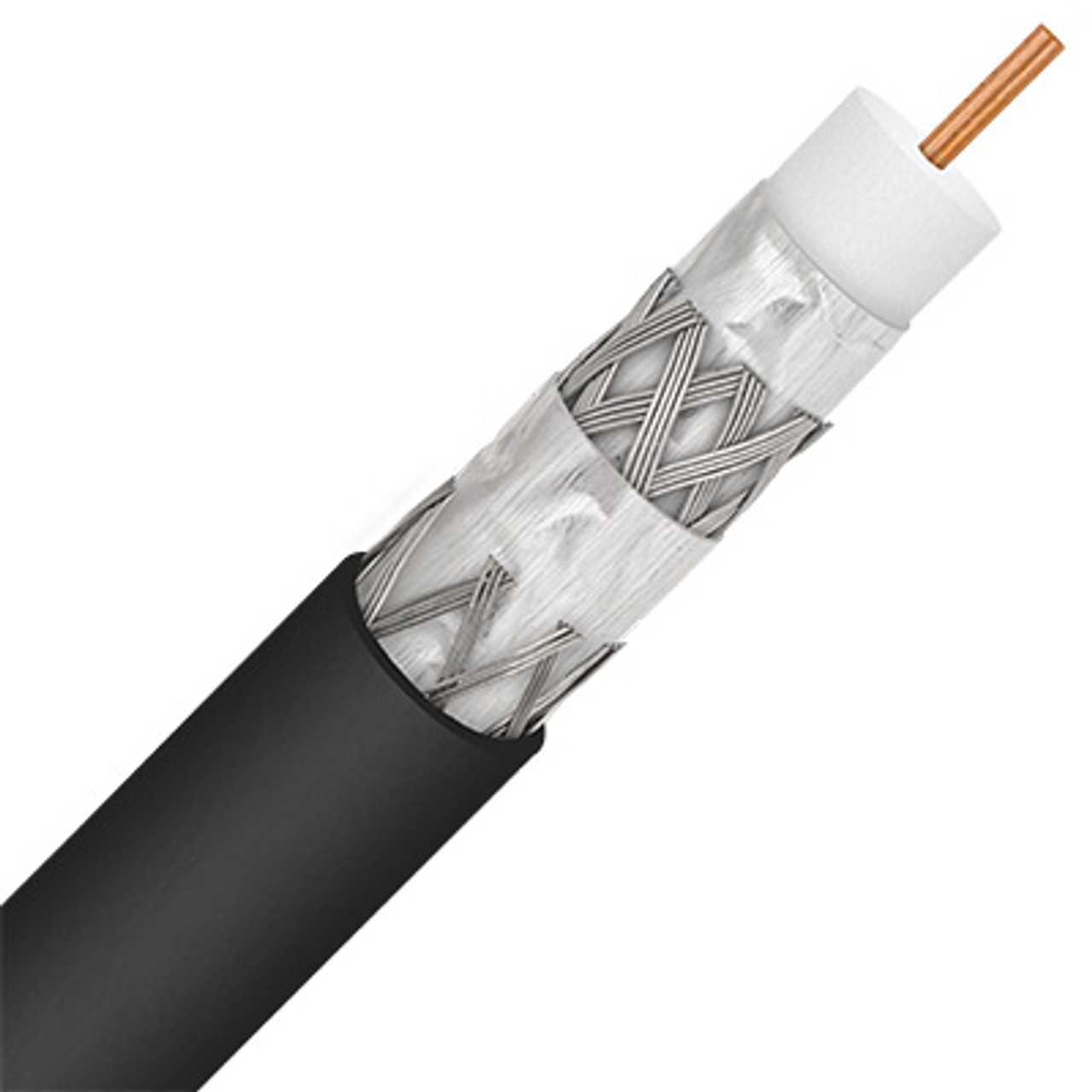Product Main Parameters
| Product Name | LAN CABLE CAT5E |
| Conductor | 24AWG CCA |
| Jackets | PVC, LSZH, PE |
| Color | Customized |
| Certification | SGS CE ROHS ISO9001 |
| Place of Origin | Hangzhou Zhejiang, China |
| Shielding | None |
Common Product Specifications
| Outer Jacket | PVC, PE Flame Retardant (IEC) |
| Core | 4Pair stranded conductor |
| Insulation | HDPE Retardant (IEC) |
| Daily Output | 200KM |
| Supply Ability | 25000KM/Per Year |
Product Manufacturing Process
The manufacturing process of the LAN CABLE CAT5E involves precision engineering and meticulous quality control measures. The process begins with the selection of high-grade CCA materials. Initially, the conductor is drawn, annealed, and stranded to achieve the desired flexibility and conductivity. The stranding process is crucial as it ensures the cable control is consistent and reliable. After the conductor preparation, an HDPE insulation is applied to provide protection against environmental factors and electrical interference. The insulated wires are twisted into pairs and then enclosed in a PVC or LSZH jacket for flame resistance. Each batch undergoes rigorous testing, including the FLUKE TEST, to ensure compliance with industry standards and optimal performance. Finally, cables are cut to standardized lengths and packed for distribution.
Product Application Scenarios
LAN CABLE CAT5E is widely applied in various networking scenarios requiring cable control. It is ideal for residential and commercial internet installations where cost-effectiveness is a priority. The cable's flexibility and ease of installation make it suitable for structured cabling systems in office buildings and homes. In data centers, CAT5E provides reliable network performance, especially in setups where high-speed data transfer isn't critical. This cable is also used in security systems for connecting alarm panels and security cameras, taking advantage of its cost efficiency and adequate bandwidth support for such applications. CAT5E remains a preferred choice for straightforward networking tasks that do not demand the higher frequency capabilities of CAT6 or CAT7 cables.
Product After-Sales Service
- Warranty: 2-year warranty against manufacturing defects.
- Customer Support: 24/7 technical support available through phone and email.
- Returns: Standard 30-day return policy for unused products.
Product Transportation
- Delivery Port: Ningbo
- Packaging: Normal export packaging ensuring product safety during transit.
- Shipping: Available globally with tracking options.
Product Advantages
- Cost-Effective: CCA material reduces cost without compromising performance within specified frequency limits.
- Flexible Installation: Light-weight and easy to handle, suitable for complex wiring tasks.
- Certification: ROHS, CE, and ISO9001 certified ensuring international compliance.
Product FAQ
- What is the maximum frequency capability of CAT5E? The CAT5E cable supports frequencies up to 100MHz, making it adequate for most residential internet applications.
- How does CCA compare to pure copper? CCA is more economical than pure copper while offering suitable conductivity for standard networking needs.
- Is the cable shielded? No, the CAT5E variant described is unshielded, but it provides adequate noise immunity for most environments.
- Can this cable be used outdoors? With appropriate protective measures like additional sheathing, the cable can be used in outdoor applications.
- What is the minimum order quantity? The MOQ for this product is 50km.
- What kind of connectors are compatible with this cable? Standard RJ45 connectors are recommended for termination.
- Does this cable meet fire safety standards? Yes, it meets the flame retardant requirements of IEC standards.
- Is there a difference between PVC and LSZH jackets? PVC is common but LSZH is used where low smoke is critical in fire incidents.
- Does the cable pass the FLUKE TEST? This depends on the copper content; an option is available that passes the test.
- What is included in the purchase? Each purchase includes a 305m easy pull box of CAT5E cable.
Product Hot Topics
- Why Choose CCA for Network Cabling? While copper is often seen as the industry standard, CCA provides a cost-effective alternative for installations that do not require the utmost conductivity. Its blend of aluminum reduces material costs, aiding budget-conscious projects without significantly affecting performance for typical internet speeds. In applications under 100MHz, the cable's control capabilities make it a dependable choice.
- Understanding Cable Control in Residential Networking Cable control refers to the management of data flow across the network cabling infrastructure. In home setups, proper cable control ensures reliable internet connectivity, minimizes data loss, and maintains signal integrity. Installing CAT5E cables within residential networks can efficiently meet the cable control needs typical of domestic internet consumption.
- Comparing CAT5E and CAT6 Cable Control Capabilities Both CAT5E and CAT6 offer distinct cable control features. CAT6 supports higher frequencies up to 250MHz, which benefits network environments requiring higher data throughput. However, for lower frequency demands, CAT5E remains an economically sound choice offering sufficient performance at a reduced cost.
- CAT5E in IoT Applications With the rise of IoT devices, the demand for reliable networking increases. CAT5E cables provide the cable control required for IoT integration without the expenditure of high-frequency cabling, proving suitable for smart homes and other IoT-centric installations.
- Maintaining CAT5E Cable Infrastructure Over time, cable systems may require maintenance to sustain performance. Regular checks and recalibrations ensure the cable control remains intact, even as the physical attributes of the cable evolve due to environmental factors.
- Adapting Cable Control for Future Networks The adaptability of CAT5E in supporting evolving network standards showcases its relevance. As hybrid systems develop, integrating cable and electronic controls, CAT5E continues to be a component in foundational networking roles.
- Environmental Benefits of Using CCA Utilizing CCA reduces the overall copper consumption, promoting sustainable practices by lessening reliance on extensive mining practices. It provides an environmentally aware alternative while maintaining the needed cable control for effective network communications.
- Deploying CAT5E Cables in Small Businesses Small businesses with controlled budgets can benefit from deploying CAT5E cables as part of their network infrastructure. Its cable control capabilities suffice for typical business operations, offering a balance of performance and cost.
- Common Installation Practices Proper anchor points and pathway considerations during installation enhance cable control outcomes. Securing cables reduces potential interference and signal loss, maintaining high standards of network reliability.
- Future Prospects of Cable Control As technology advances, cable control systems may see integration with more automated and remote management tools, improving efficiency and reliability while keeping infrastructure costs manageable.
Image Description
